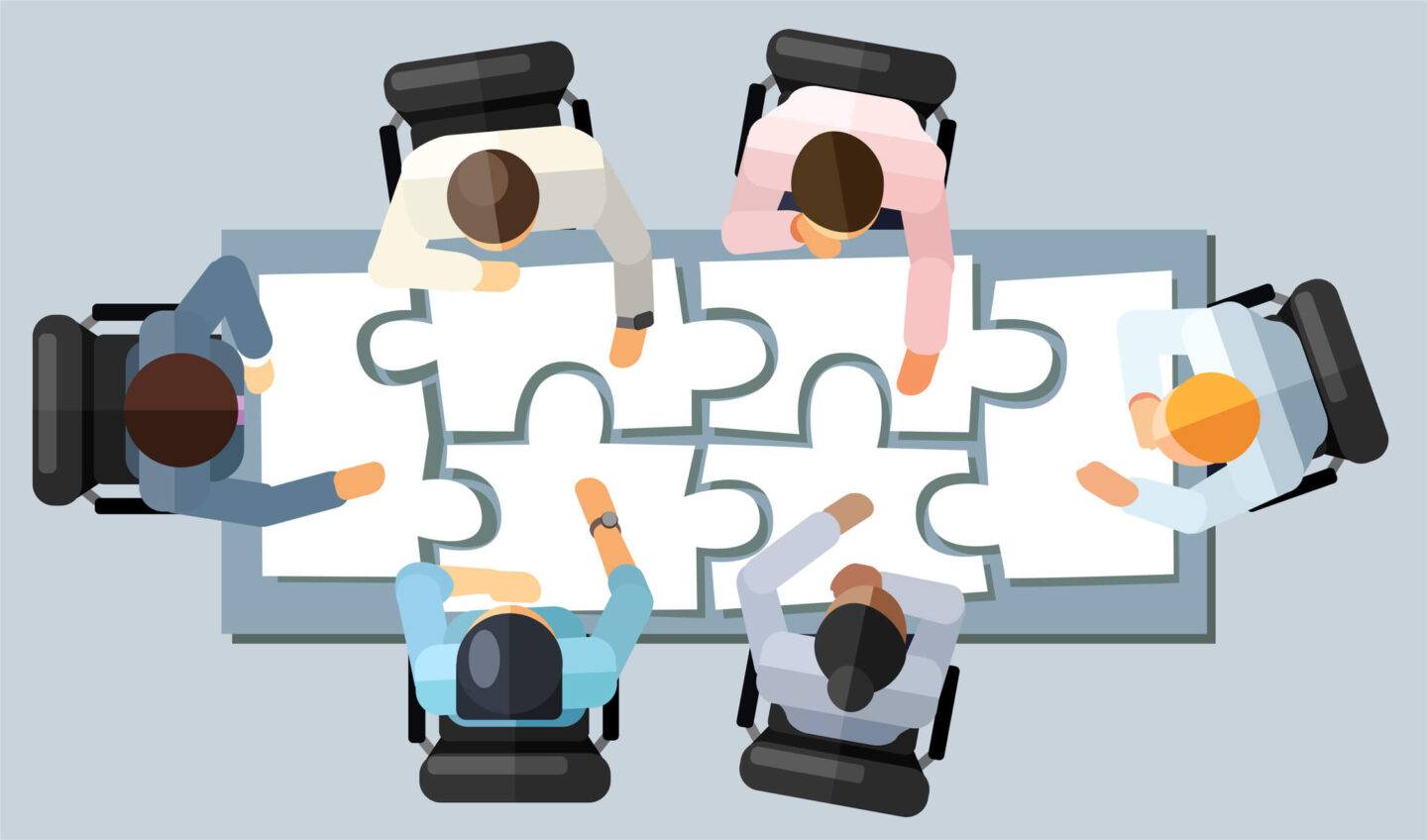
5 Types of Workplace Harassment and How to Prevent Them
December 19, 2019
When most people hear the term workplace harassment, many may think of sexual harassment. This association isn’t surprising—sexual harassment remains a major problem worldwide in organizations of all sizes.
McDonald’s recent problems reinforce how, even after #MeToo, employees struggle at work because of their gender.
However, workplace harassment entails much more than sexual harassment. Employees may be belittled, ridiculed, denied promotions, sanctioned, or even threatened with violence on the job—and their bad treatment from others can be just as insidious and productivity-killing. Every person deserves the right to work without fear of misery, yet as the new decade begins, harassment continues to crush employees.
Understanding the different types of harassment can help organizations better combat bad behavior and create a workplace in which all employees are valued and protected.
Harassment in Many Forms
Workplace harassment can take many forms and may involve more than one of the definitions listed here—for example, an executive may use his position to pressure a subordinate into an unwanted sexual relationship. These five categories cover most harassment situations employees may face on the job:
1. Sexual harassment
Sexual harassment exploded into the national consciousness with the Clarence Thomas hearings back in the 1990s, then took another leap in awareness with the #MeToo movement a couple years ago. What constitutes sexual harassment is broad—from lewd jokes and comments to unwanted advances and physical contact to threatening or implying discipline or dismissal if those unwanted advances aren’t met.
2. Discrimination
Employees may find themselves harassed for a variety of factors that qualify as discrimination. These factors include but aren’t limited to:
- Gender
- Race
- Religion
- Sexual orientation
- Physical characteristics
- Disabilities
- Job role
- Education level
- Age
Discrimination harassment has come a long way, too. Joking that someone is old or blonde or went to a state school was once considered harmless—and many people who tell these jokes aren’t looking to discriminate or harass—but now these jokes are considered unacceptable, and rightfully so. Even if the recipient of such comments isn’t offended, such harassment sets a precedent that greater forms of discrimination are permissible.
3. Bullying
Bullying is commonly thought of as something that happens to kids, but workplace bullying is a serious problem, with 90 percent of employees saying they’ve experienced it at some point in their careers. Direct threats and intimidation are obvious harassment, but even gossip and other passive-aggressive behaviors can be classified as bullying and are detrimental to employee health and productivity. Moreover, bullying that escalates into violence is not as uncommon as you might think—and often goes unreported.
4. Power
The relationship between a manager and a subordinate must have boundaries and expectations of what superiors can and cannot do in their role as boss. Harassment from a superior can take many forms, including inappropriate screaming and verbal abuse, quid pro quos (a boss demanding an employee do something job-inappropriate or face consequences), or threatening to fire or reprimand an employee for something that’s not a fire-able or reprimandable offense.
5. Retaliation
Fear of retaliation is a major reason workplace harassment is so prevalent. It’s also a form of harassment itself. When a manager, employee, or group of employees penalizes or belittles someone for reporting a violation or indiscretion—or for just doing their job correctly or earning a promotion—a hostile work environment is created for the targeted employee. Many employees are afraid they could lose their jobs as retaliation for reporting harassment.
Preventing Workplace Harassment
Organizations aren’t helpless to prevent workplace harassment—in fact, they can be the major drivers of change. Moreover, they should be the drivers because unchecked harassment increases employee turnover, risks costly litigation, and sabotages productivity and a healthy company culture, thus adding a financial incentive along with the moral one to end unacceptable behavior.
A long-term goal of preventing harassment requires more than just one strategy. To improve the workplace, organizations must take a continuous, multifaceted approach that includes:
A clear tone at the top
Executive leadership sets the example that employees throughout the organization follow. Therefore, a C-suite that prioritizes ethics, values, diversity, and justice sends a clear message to its workforce—and to its consumers—that harassment isn’t tolerated.
Strong anti-harassment policies
Mission statements and bold declarations help in countering workplace harassment, but without strong policies to back up those words, little true progress will be made. Organizations that institute strong anti-harassment measures, including taking every incident report seriously and following through with clear and impactful consequences irrespective of role or position level, leave no doubt that harassment isn’t tolerated and that employees can and should feel safe at work.
Safe, effective reporting
One of the reasons workplace harassment remains a problem is that at many organizations, employees do not feel they can safely report incidents—or feel that if they do, they will be ignored or retaliated against. Companies with effective policies give employees the means to confidently report harassment when they see or experience it, and protect those employees when they do have the courage to step up.
Training
Quality e-learning reinforces anti-harassment policies and principles while emphasizing that preventing harassment is everyone’s responsibility, from the person acting in a way that makes another uncomfortable to the person who witnesses the bad acts and does nothing. Great training keeps anti-harassment top of mind, introduces important new concepts, and identifies when employees aren’t understanding it. The best training platforms offer:
- Adaptive training: No two employees learn the same way; adaptive training recognizes this and delivers a unique learning experience to the user dependent on their interactions with the course.
- Relevant scenarios: A training course teaching managers how to properly supervise their employees won’t make sense for workers who aren’t supervisors. Great training immerses users into relevant scenarios so they learn concepts they can immediately apply to their everyday jobs.
- Robust data: E-learning should deliver rich analytics that help HR and compliance personnel measure the effectiveness of training, set benchmarks, inform strategy, and predict where future problems may occur.
A Culture of Respect
Organizational culture plays a major role in whether a workplace is safe and respectful for its employees (and customers) or outright hostile—or somewhere in between. When the message is clear that harassment isn’t tolerated, and when employees are trained to act positively and empowered to do their best work, the benefits are numerous. Ultimately, turnover decreases, employees are inspired, and the bottom line improves.
Got a learning problem to solve?
Get in touch to discover how we can help

